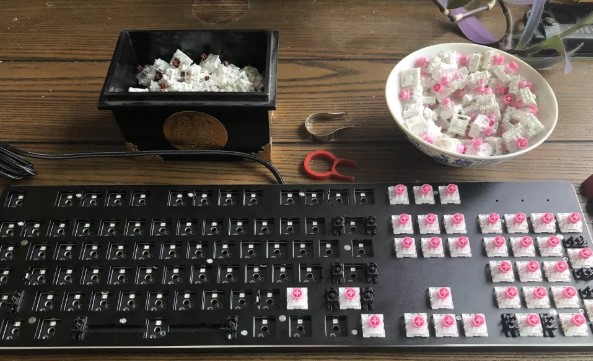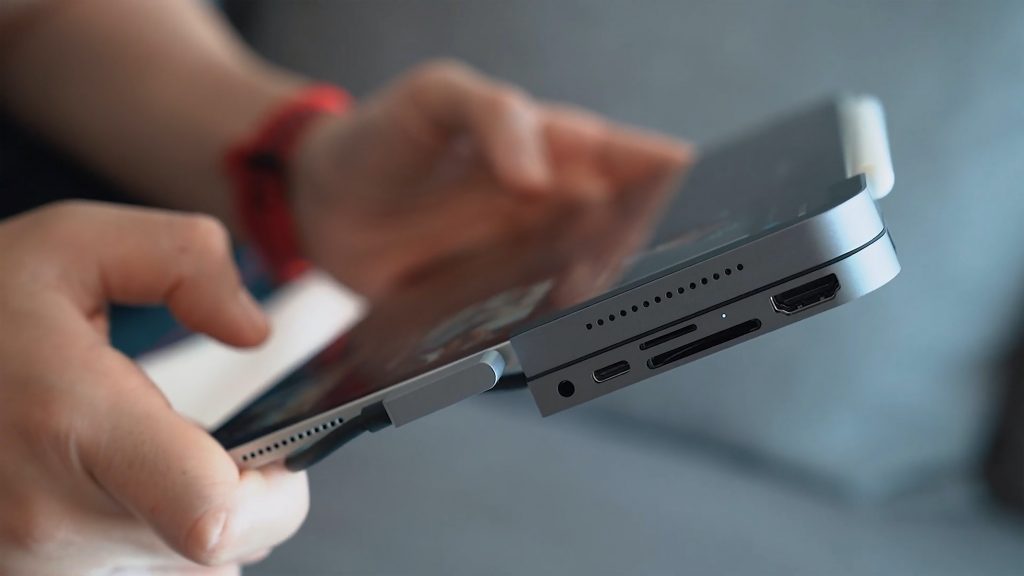Mechanical keyboard switches are an important component of any gaming or computer setup. They provide tactile feedback and are extremely durable; however, they can wear out over time and need to be replaced. If you’re looking to replace a mechanical keyboard switch, the first step is to know how to take it apart. This article will provide step-by-step instructions on how to dismantle a mechanical keyboard switch and safely remove it from the keyboard. With this knowledge, you’ll be ready to tackle any mechanical keyboard switch replacement.
Purpose of taking apart a mechanical keyboard switch
The purpose of taking apart a mechanical keyboard switch is to inspect and analyze the individual components of the switch and how they interact with each other. By understanding the inner workings of the switch, it is possible to identify problems and make modifications or repairs to the switch. It is also possible to customize the switch to meet specific needs, such as adding a custom spring or dampening material. Taking apart the switch allows you to make a more informed decision when it comes to purchasing a new switch.

In addition to analyzing the individual components of a switch, taking apart a mechanical keyboard switch is also useful for cleaning and maintaining the switch. By taking apart the switch, it is possible to remove any dirt and debris that has accumulated over time. This can help improve the performance of the switch and prolong its lifespan. Furthermore, it is also possible to lubricate the internal components of the switch, which can help reduce the amount of noise produced when the switch is pressed. Taking apart the switch can also help to identify any potential problems that may be affecting the switch’s performance.
Steps to taking apart a mechanical keyboard switch
Preparing to Take Apart the Mechanical Keyboard Switch
Before taking apart a mechanical keyboard switch, it is important to prepare the necessary tools and supplies. To do this, you will need a set of precision screwdrivers, a pair of pliers, and a small brush. It is also helpful to have a container or something with a lip to catch the small parts that will be removed.
Once you have gathered the necessary tools, you should begin by turning off and unplugging the keyboard from the computer. This will help prevent any accidental damage to the device while you are working on it.
Disassembling the Mechanical Keyboard Switch
The first step in taking apart a mechanical keyboard switch is to remove the keycaps. This can be done by gently prying them off with a flat head screwdriver. Be careful not to damage the keycaps, as they are made of plastic and can be easily damaged. Once the keycaps have been removed, you should have access to the switch itself.
Next, you will need to unscrew the screws that hold the switch in place. Depending on the model of your keyboard, this can vary. Some models will require you to use a small Phillips head screwdriver, while others may require a flat head screwdriver. Once all of the screws have been removed, you should be able to pull the switch out of the keyboard.
Cleaning the Mechanical Keyboard Switch
Now that the switch has been removed, it is time to clean it. Before cleaning the switch, it is important to make sure that it is completely dry. This can be done by gently wiping it down with a damp cloth. Once it is dry, you can begin to clean it.
Start by using a small brush to remove any dirt or debris that may have accumulated. Be sure to get into all of the nooks and crannies of the switch. Once this is done, use a cotton swab or q-tip to gently clean the contacts on the switch. This will help ensure that your switch is functioning properly when it is reassembled.
Reassembling the Mechanical Keyboard Switch
The final step in taking apart a mechanical keyboard switch is to reassemble it. Begin by inserting the switch back into the keyboard. Make sure that all of the screws are tightened securely.
Once the switch is securely in place, you can begin to reattach the keycaps. Start with the larger keys and work your way down to the smaller keys. Make sure that each keycap is firmly in place before moving on to the next one.
Once all of the keycaps have been reattached, your mechanical keyboard switch should be ready to use. If done correctly, it should be working just as it did before you took it apart.
Conclusion
Taking apart a mechanical keyboard switch is a great way to clean, repair, or mod a switch. It is important to know that each switch type has a different disassembly procedure. With the use of the right tools, you can easily dismantle a switch and access its components. Once the switch is dismantled, it is important to take care when handling the components, as they are delicate and can be damaged easily. With patience, a mechanical keyboard switch can be taken apart and put back together with no problems.
Also See: How To Silence Your Mechanical Keyboard
Frequently Asked Questions
What tools do I need to take apart a mechanical keyboard switch?
You will need a plastic pry tool, a small flathead screwdriver, and tweezers.
Do I need to be an expert to take apart a mechanical keyboard switch?
No, you do not need to be an expert to take apart a mechanical keyboard switch. With the right tools and a bit of patience, anyone can do it.
Is it easy to put the mechanical keyboard switch back together?
Yes, it is relatively easy to put the mechanical keyboard switch back together. You just need to make sure all of the components are in the right places.
What should I do if I break a part while taking apart a mechanical keyboard switch?
If you break a part while taking apart a mechanical keyboard switch, you should replace it with a new one. Most mechanical keyboard switches use standard parts that are easy to find online.
What is the best way to clean a mechanical keyboard switch?
The best way to clean a mechanical keyboard switch is to use compressed air to blow out any dust and debris. You can also use isopropyl alcohol on a cotton swab to remove any dirt or residue from the switch.




